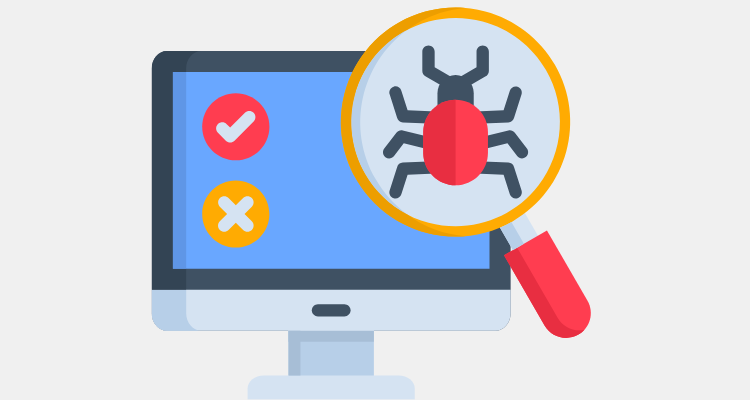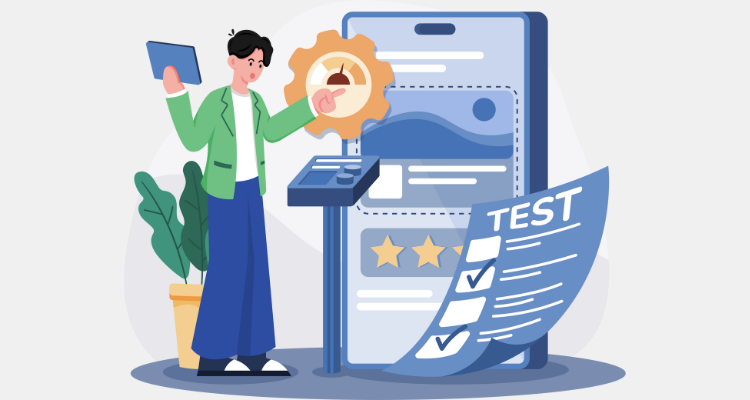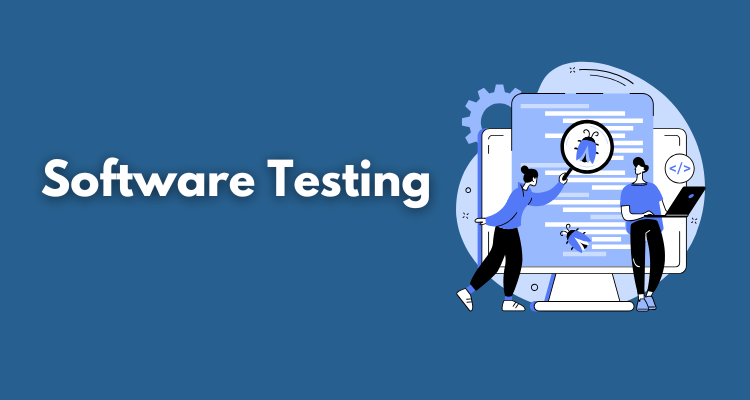Table of Contents
ToggleWhy Software Success Hinges on Strategic Testing
As your software development progresses and your product grows, new complications emerge: more user load as well as third-party integrations, security weaknesses, unanticipated bugs.
This is the point where software testing services are no longer an essential technical requirement but also a key foundation for the long-term success of your business.
This article will help you discover the importance of testing in its part in the scalability of software and the various types of testing that are essential to expansion, examples from real-world situations, and the best way to choose the most appropriate method of testing for your product’s future.
The Role of Software Testing Services in Long-Term Viability

What Does Long-Term Software Viability Mean?
Long-term viability of software is the ability of a software product to be operational, scalable, secure, and current in the face of changing business requirements. It’s all about resilience. Can your software evolve, change, and continue to perform under pressure?
Software testing services are the unnoticed heroes in this field. They ensure that when new features are released or user traffic increases, the software won’t fail under the load.
Why Testing Becomes More Critical as You Scale
In your initial MVP (Minimum Viable Product) stage, testing may appear to be simple–manual QA tests and simple fixes might suffice.
However, as your user base grows and your codebase expands and your codebase expands, changes that are not tested can turn into technical debt, which can result in downtime, dissatisfaction of users or even data security breaches.
A strategic testing plan helps mitigate:
- Performance bottlenecks during high user traffic
- Security vulnerabilities from new integrations
- Regression bugs from rapid development
- Poor user experience due to inconsistent functionality
Types of Testing That Support Scalable Growth

1. Automated Testing
Automation is crucial to ensure speed and the sameness. Automated test applications check for regressions, ensure the same functionality and reduce time to deploy – ideal in CI/CD (Continuous integration ) as and Continuous delivery) settings.
Use Case: An e-commerce platform adding weekly updates can use automation to test checkout flows, cart behaviors, and payment gateway reliability.
2. Load & Performance Testing
With the increase in user numbers the software’s ability to function under stress is crucial. Testing load simulates real-world use and allows you to identify bottlenecks before users notice them.
Example A service that streams video must be able to manage simultaneous logins live streaming and playback without interruption in playback or crash.
3. Security Testing
Cyber threats evolve daily. A single vulnerability can cost millions. Security testing identifies weaknesses in code, authentication systems, and data storage, ensuring compliance and user trust.
Pro Tip: Use ethical hacking or work with penetration testing companies regularly if you’re storing user or payment data. Platforms like Pentest Tools offer automated vulnerability scanning and custom testing tools that help development teams catch security gaps early, before they become critical liabilities.
4. Regression Testing
Every time new code is pushed, there’s a chance it breaks something old. Regression testing ensures legacy features still work as expected.
This is especially important in agile development environments with frequent updates.
5. Usability Testing
Scaling isn’t only about technology, it’s also about the user experience. Usability testing ensures that your UI/UX is intuitive and encompassing when the new functions are introduced.
Real-World Example: How Testing Enabled a Fintech Startup to Scale Securely
A fintech startup that is growing in popularity that offers mobile banking has seen an accelerated rate of adoption by users after the launch. Initial reviews were positive however, when the app grew to 500,000+ users bugs and performance issues began to show up. They opted to invest in extensive testing and software development services, including the automated testing of regressions, security audits as well as load tests.
The result?
- A 60% reduction in production bugs
- 99.9% uptime
- Increased investor confidence and user retention
Without the right testing strategy the growth of their business could have quickly turned into an issue with reliability. Additionally, using an uptime calculator could give you some insights about your service reliability.
FAQs
Q: How do I know when it’s time to invest in professional software testing services?
A: If your app has growing user traffic, frequent updates, or handles sensitive data, testing is no longer optional. It’s a growth enabler.
Q: Can I do software testing in-house?
A: Yes, but external testing services often provide better scalability, specialized expertise, and cost-effective automation solutions.
Q: How often should we test during scaling?
A: Ideally testing should be an integral part of the CI/CD process that automates tests at every push and then periodic manual testing to ensure security and usability.
Conclusion: Build Trust and Scale with Confidence
The investment in software testing services isn’t only about identifying bugs; it’s about creating a product that is future-proof that your customers and other stakeholders can rely on. If you’re a start-up with the potential to grow or a business with an intricate technology stack, strategic testing is your protection against the possibility of failure.
Are you interested in learning more about the best software testing method you can implement for your business? Send us your ideas or questions in the comments section or connect with an expert on testing now.









